1.1 Project Concept
The Major Research Project has two main purposes. Firstly, to provide an extensive secondary research therefore to form a solid academic background for the Final Dissertation. Secondly to depict the follow-up primary research plan for the second semester that will in completion, solidify the validity of a successful dissertation.
In my research I explore the possible connection between the Metaverse and Biophilic Design as a narrative for the final dissertation. Examining the current and predicted future state of the Metaverse and upcoming technologies that shape the virtual word and by evaluating the benefits of Biophilia within its present-day implementation revealed a gap in the field. The careful analysis of literature highlighted the possibility of valuable gains by linking these rather contrasting areas.
This report outlines a clearly defined set of aims and objectives framing the research within. The collation and analytic discussion of relevant information followed by methods and time management illustrate the concluded and planned steps.
* The hero image is the design and creation of Konrad Wojcik and has been sourced from the following website.
1.2 Initial Ideas
My initial ideas were quite crude and few in number. I only knew for certain that I wanted to research a topic related to gaming with realistic environments. Furthermore, following the notion that if I commit to a nearly eight month long research beside the fact that it has to be interesting it may as well serve as the basis of my other assignment the Individual Research Report (Business Plan). Thorough research is critically important when formulating a business plan. Linking the two assignments was a logical step from the efficiency and time management point of view.
1.3 Inspiration and Defining the Topic
A discussion with my peers and my lecturers opened the way to fresh views. Considering the aforementioned, concepts of virtual reality (VR) and biophilia was incorporated. Notes of this brainstorming session can be seen on the following image. (1.3.1)
1.4 Further Concept Development
Once I worked out the basic Aim and Objectives additional ideas stagnated. Three weeks passed without any progress despite all my efforts. The solution was provided by two books (1.4.1) I read in hope of gaining new perspectives. Changing the status quo and following one's passion were perhaps the two most resonant sentiments. It also reinforced the vision of a nature-related, sustainable theme - biophilic design - that directly correlates to the United Nation's Sustainable Development Goals (UN SDG). This proved to be a major turning point. Subsequently elements of the overall project congregated forming a comprehensive whole.
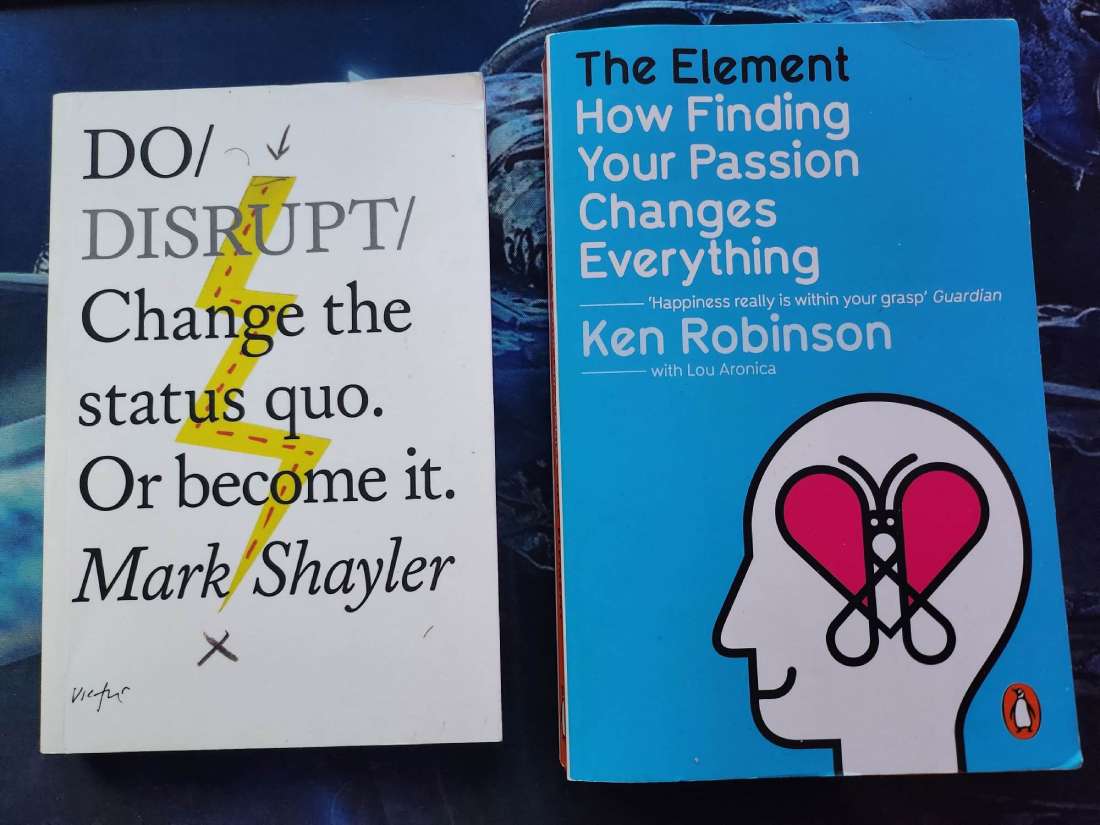
1.4.1
By readjusting the objectives, the main scope of research was successfully defined. The primary mind map (1.4.2) identifies the key research areas including the effects of biophilic design (BD), upcoming VR technologies, the connection of social life and virtual environments and finally the benefits of BD that may be applied to VR environs.
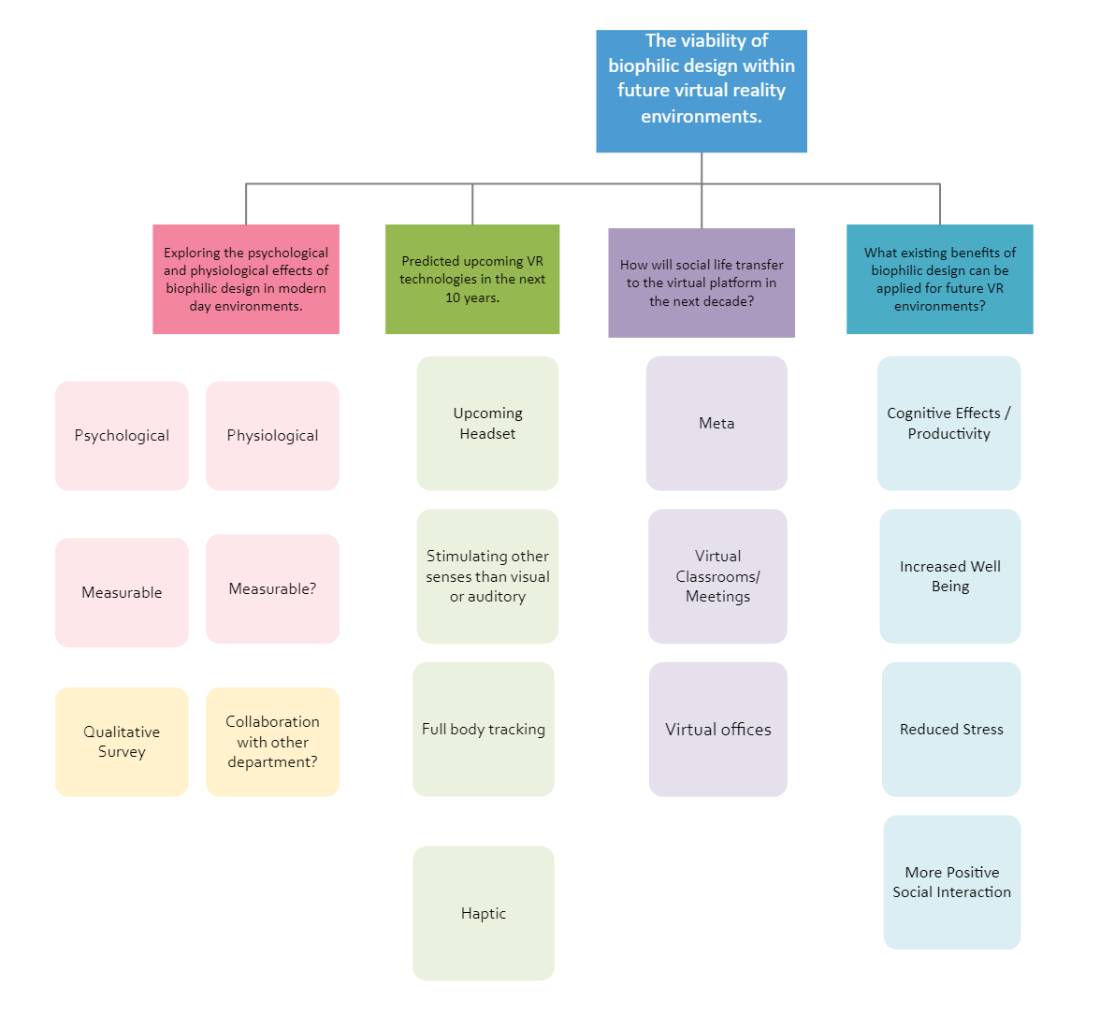
1.4.2
1.5 Aim and Objectives
Throughout my research months I readjusted some of the parameters in order to find a niche and hone-in a problem and solution but also to satisfy my curiosity. The aim was slightly narrowed since the initial idea of the Critical analysis of biophilic design in future extended reality (XR) environments was partly broad. Instead of exploring the full spectrum of the future of XR -that incorporates virtual, augmented and mixed reality- I focused only solely on VR being closest to my interest area. The critical analysis was also replaced by viability as per my lecturer's feedback since it suited more to the angle and intended scope. Equally the objectives were altered to conform with the new direction. The first one in particular as it was the amalgamation of two separate fields, the future of metaverse and upcoming VR technologies. Considering the fact that the prior fundamentally depend on and interconnected to the latter the fusion appeared logical. The finalised aim and objectives are:
Aim
How can virtual reality environments in the future benefit from biophilic design?
Objectives
1.5 Research Strategy and Procedures
Research Strategy
Establishing the project aim, and objectives provided a much needed framework for my investigation. As mentioned before the four initial objectives influenced the prevailing areas of my targeted field. I devised a three-phase research strategy. I started by exploring VR and BD as separate fields not focusing on any specifics with the desire to gain a broad general understanding of the respective subjects first discovering a variety of theories, discussions, and ideas. The more research I conducted however, it became more prominent the gaping hole in literature concerning a possible connection between biophilia and virtual environments. This proved to be a major milestone. Uncovering the lack of links in academia revealed a designated area, the niche I sought.
Knowing the 'problem' meant I could focus my attention towards discovering bridges. Since credible (or any at all) sources on these subjects are scarce I successfully determined the purpose of this study (finding the solution) and questions I wanted to answer consequently shaping the nature of my primary research.
Lastly I fixated on particular aspects of each area in order to dive deeper into the available sources to obtain specialised knowledge.
In retrospect following these steps helped me attain a wholistic understanding and expanding the scale of my knowledge. This is certainly a takeaway I can utilize in the future when seeking comprehensive expertise in any given area.
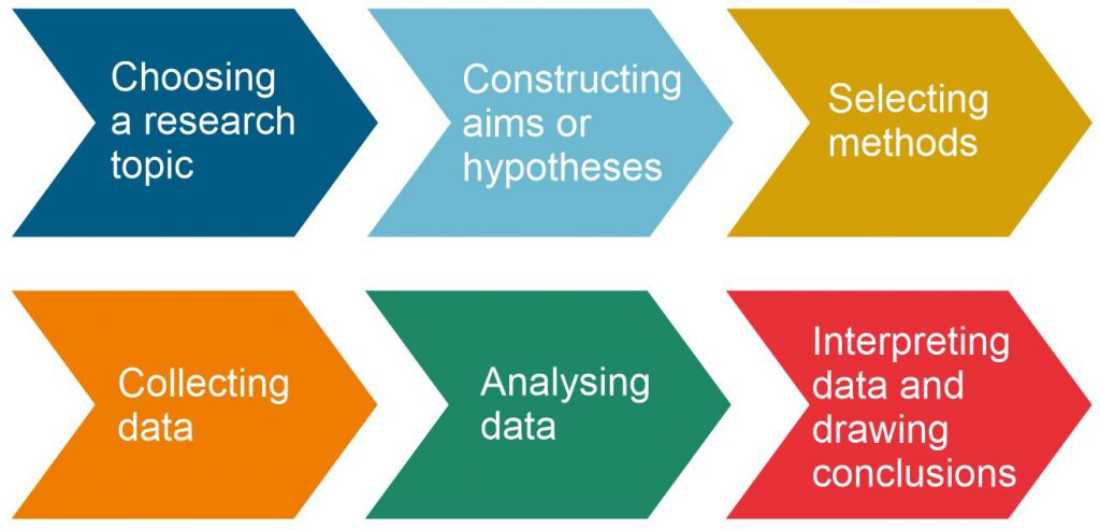
1.5.2
Research Procedures
Several steps were taken in the interest of producing a quality and academically sound work. To adhere to the examining institute’s (UoW) requirements strict university guidelines were followed in regard to word count and plagiarism. Academic standards were upheld by employing Harvard style referencing and thoroughly researched, critically evaluated topics aided by creditable sources and peer reviewed articles and journals. Ethical standards of the planned primary research will be met by following the UoW's ethics procedures.
1.6 Research
1. Review the present and anticipated future of Metaverse and supporting VR technologies.
Virtual Reality to me is comparable to Scuba diving in a sense that when I tried it the first time it opened the door to fascination and endless possibilities. As part of my investigation, I went through a vast amount of written and visual materials such as articles, tech reviews, journals, market evaluations and predictions, user statistics, and many more absorbing key information.
VR Market
The virtual reality market is certainly expanding although I found conflicting information regarding to the growth rate itself. (1.6.1) Regardless, sources agree that despite the limitations of current hardware and software technology even the sensibly projectable future will transcend what we now think will be possible. Beside gaming applications countless sectors recognised the window of opportunity in Virtual Reality. (1.6.2)
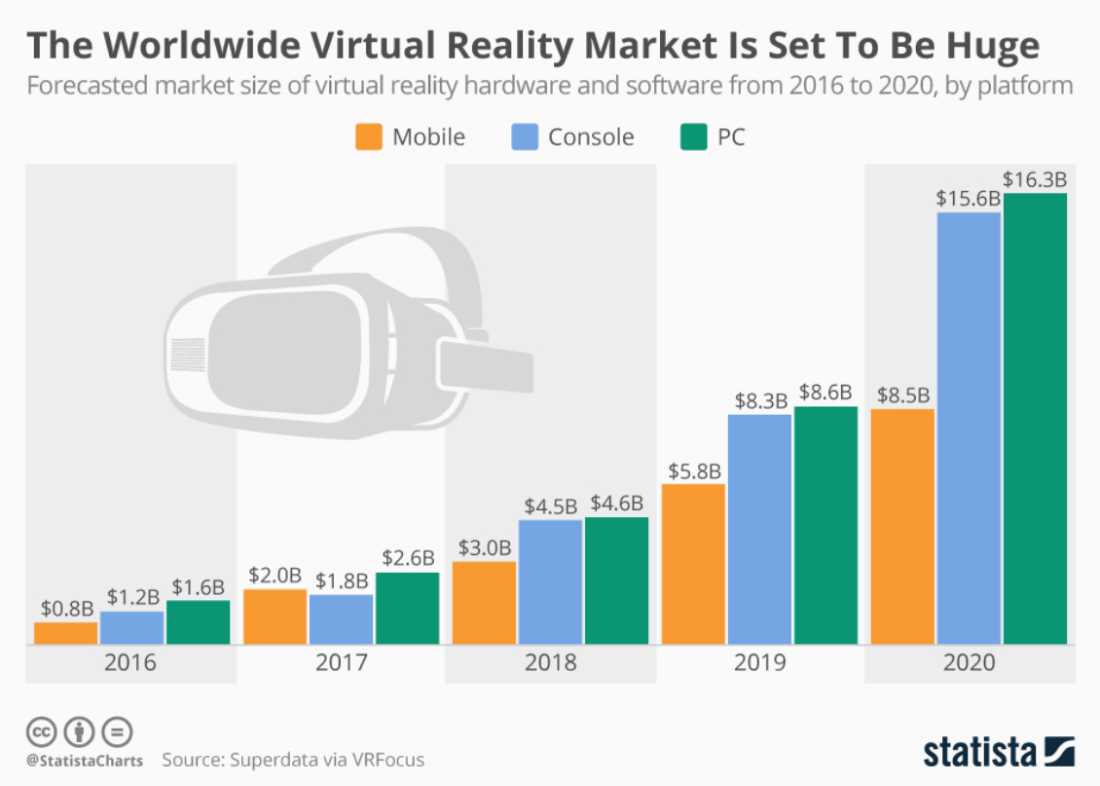
1.6.1
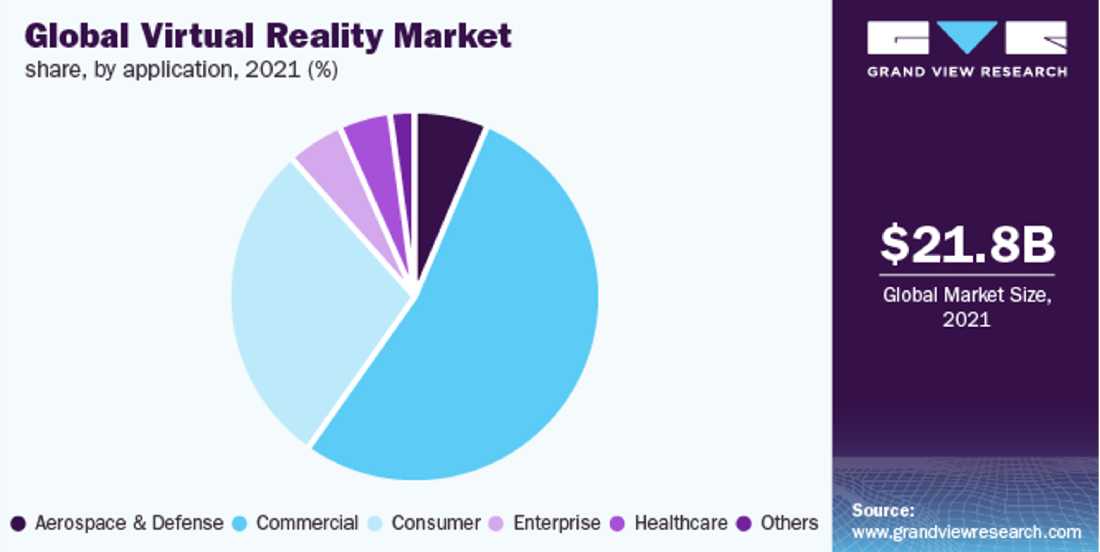
1.6.2
Technology
Currently there are many Head Mounted Displays (HMD) available with varying specifications as a result of a relatively evenly distributed suppliers. Advancement in portability, comfort, hardware power escalating and features including backward facing cameras, eye-tracking are coming into the consumer market. Wearable skin suites (1.6.3) and smart lenses(1.6.4) are only two examples of innovation that will promote industry progression and boost user numbers. The benefits of integrated Artificial Intelligence (AI) tech will likely revolutionise the upcoming generations of VR appliances.
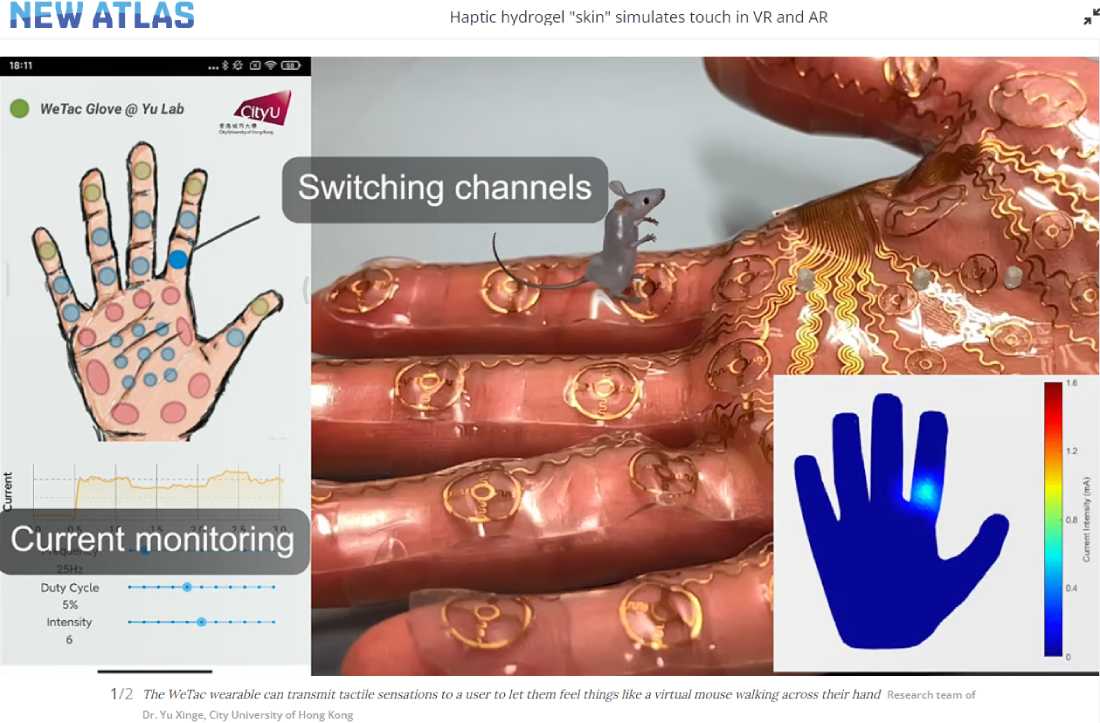
1.6.3
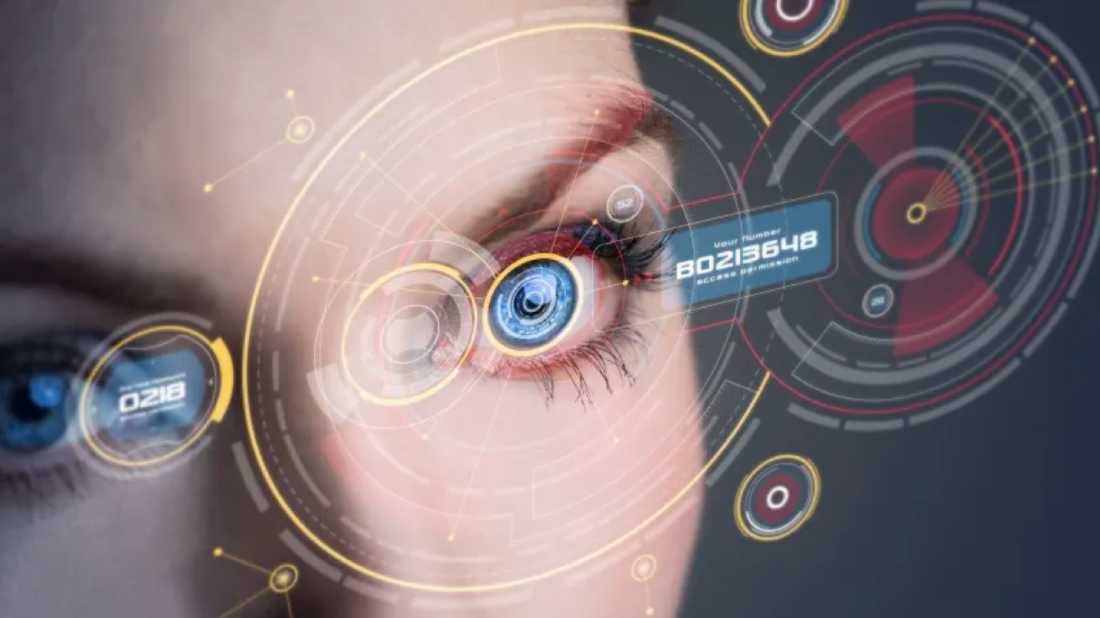
1.6.4
The Metaverse
Irrespective to the billions of dollars tech giants pour into the Metaverse, popularity has not increased to prior expectations. The main underlying factors include processing power limitations, lack of widely available ultrafast broadband, public distrust in large corporations, safety and privacy concerns. Forthcoming leaps in hardware and infrastructure will address the tech and safety issues but the ethical matters may take longer to fade. Plausible solutions comprise of marketing campaigns, substantial discounts on hardware and business applications.
2. Understanding Biophilic Design
Biophilic Design has captivated me since I saw the bio-luminescing submarines and underwater metropolis resembling a design direction that was clearly based on natural elements in the 1989 movie The Abyss. The fascination remained though I have not followed up on it until my university lecturer talked about it in detail. My passion towards nature and sustainability propelled the thought to incorporate biophilia somehow into my dissertation. As part of my research strategy, I created a moodboard where I collected prominent examples of BD from urban design to architecture also featuring instances of use in various ways within interior design. This was to stimulate further research in those aspects. (1.6.5)
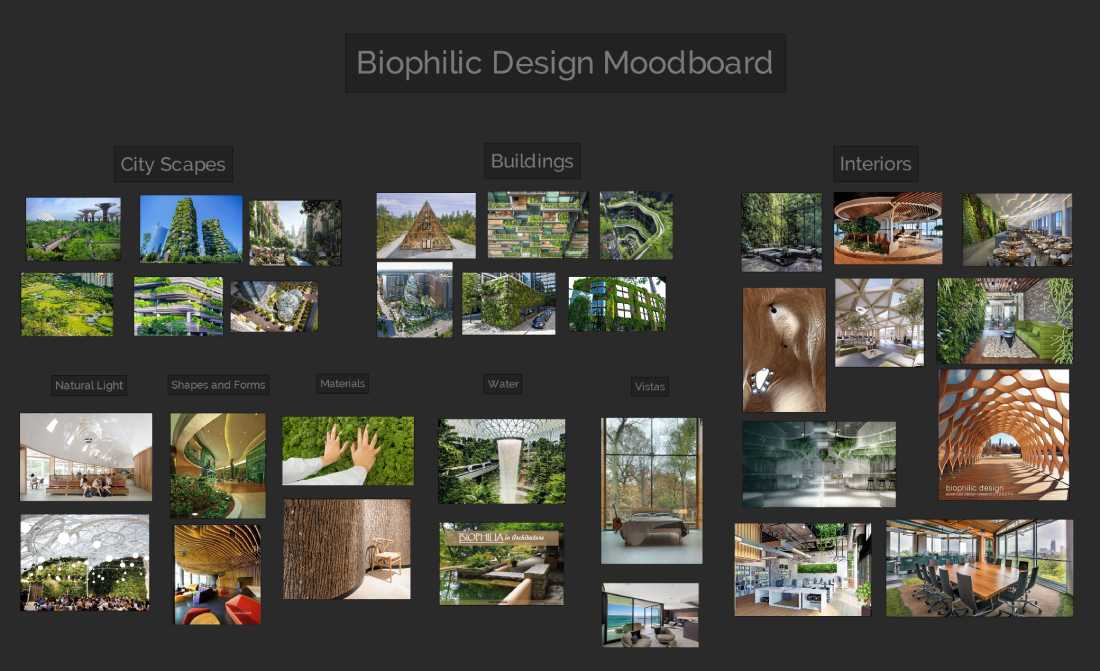
1.6.5
Biophilia and Biophilic Design
The word biophilia derives from the two Greek words, “bio” (life) and “philia” (love, or love of). Edward O. Wilson defined biophilia as “the innate tendency to focus on life and lifelike processes” and “the urge to affiliate with other forms of life” (Wilson, 1984, pp. 1, 85).
Biophilic design draws upon the fundamental understanding of human evolutionary biology. It is a human centered approach to design that seeks to integrate aspects of nature into a built environment, originating from our core desire connect with nature to boost the wellbeing and productivity of people who live and work in these places. (Kellert, 2018, p. 17) The following image (1.6.6) demonstrates the six principles of BD.
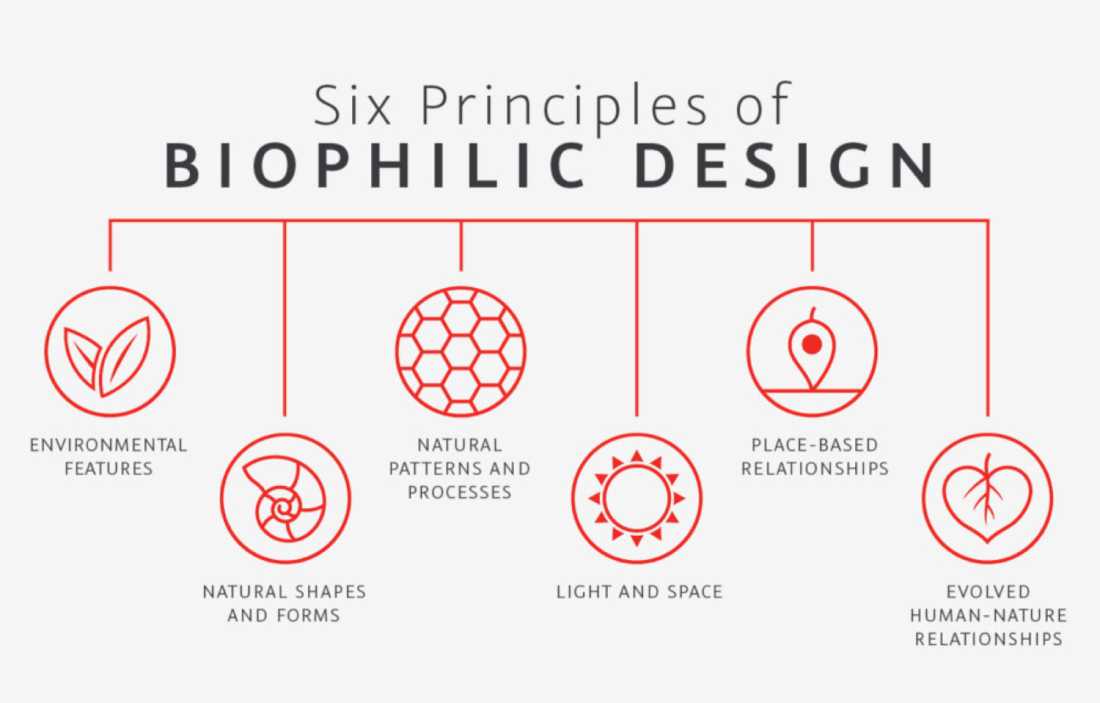
1.6.6
Areas of Use
The field of architecture and interior design are the most generally noted principles where BD is often applied. However, in urban design, landscaping or even seemingly unexpected industries seeing the benefits. The appeal of healing gardens, recovery rooms in healthcare or nature inspired website design (1.6.7) are on the rise.
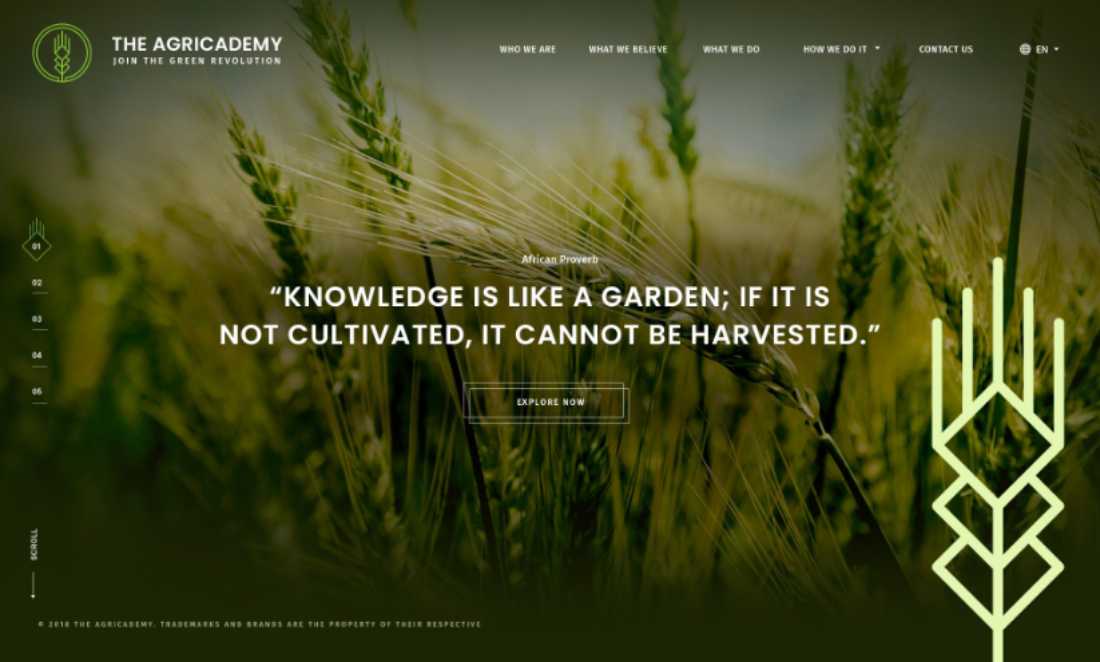
1.6.7
Advantages of Biophilic Design
My research indicated that employing BD yields numerous benefits opposed to conventional design methods. A plethora of credible research papers provide concurring evidence to support the various beneficial effects. I categorised these merits into three distinctive groups. Personal, environmental, and business benefits. The below image (1.6.8) illustrates the personal benefits.
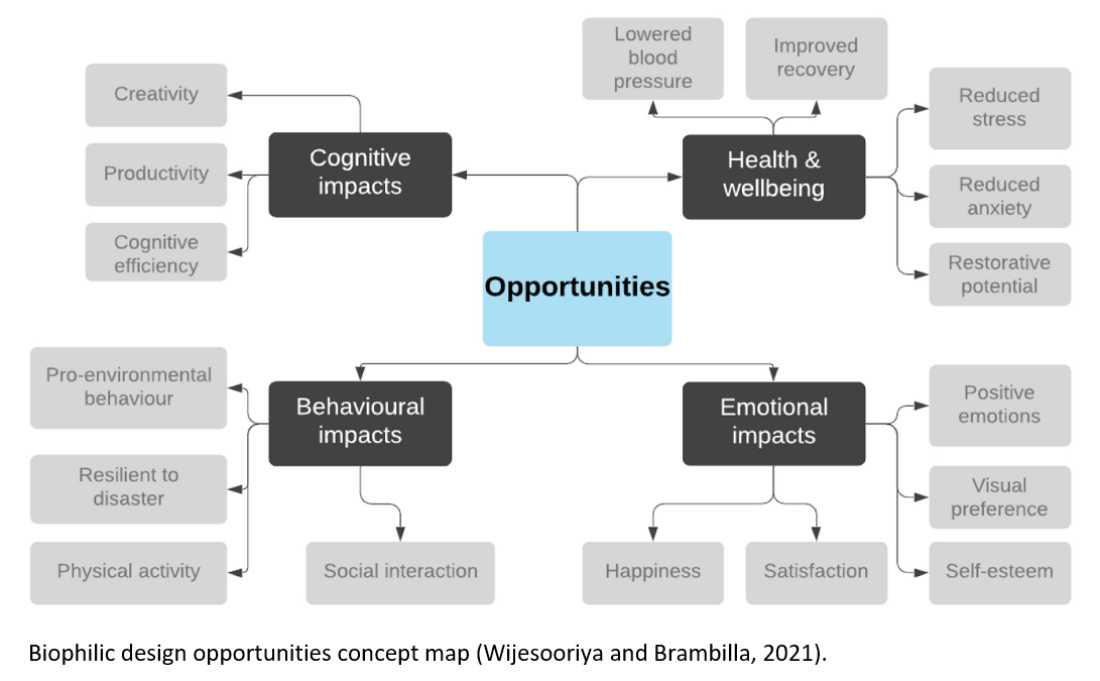
1.6.8
Environmental benefits
Business benefits
During the project one of my goals was to focus and adhere to the United Nations Sustainability Development Goals(STGs). The STGs are 17 distinguished but interconnecting goals set by the UN serving as a blueprint to achieve a better and more sustainable future for all. Most of the aforementioned positive effects of BD support and endorse The United Nation Sustainable Development Goals.(1.6.9)

1.6.9
3. 3 What existing benefits of biophilic design can be applied for future Virtual Reality environments?
The thorough analysis from a diverse range of sources of the respected fields of Biophilic Design and Virtual Reality Environments was carried out. Despite the relative infancy of these rather distinctive disciplines due to their gained popularity in recent years the available literature and results of research shows rapid growth.
The Problem
The urbanisation trend
Currently nearly 56% of the world’s population live in cities and the urbanization trend is only expected to continue. (World Bank, 2022) Correspondingly, according to the New Urban Agenda created for the United Nations Conference on Housing and Sustainable Urban Development the world’s urban population will nearly double by 2050 (Habitat III, 2016) resulting in 7 out of 10 people living in cities by the middle of the century. While metropolitan areas contribute 80% to the global GDP but also responsible for 75% of global greenhouse gas emissions. (IANS, 2022) Sustainable development and innovative ideas are the key factors to overcome the challenges posed by overpopulation and the climate crisis.
Ramification for Employers
The above-mentioned factors are convincing indicators that employers are likely to experience the negative impacts of urbanisation on various levels such as employee dissatisfaction, sickness, financial implications
Biophilic Design in its current applications have proved to be beneficial on many levels. It should therefore provide plausible solutions for real world applications. However, since the pandemic the utilization of virtual work environments is on the rise. The emergence of the metaverse also support this tendency. These virtual workplaces therefore can also harness the benefits of biophilic design. Improved infrastructure and upcoming innovations in VR technologies can elevate these gains to new heights.
1.7 Next Steps
Supporting the idea conceptualisation by the secondary research I carefully planned the follow up primary research strategy. The two separates yet intertwining assignments spanning across two semesters shall validate my final dissertation. The followings are the intended steps I scheduled for the second semester.
Previous experience in primary research (the RSA case study during 2nd year) revealed that by applying various research practices contribute towards the possibility of deeper and more diversified findings culminating in a greater degree of reliable results. Accordingly, for the purpose of the Final Dissertation both qualitative and quantitative methods will be utilized.
Firstly, a quantitative survey will be posted on various social media groups compiling about a dozen multiple choice, Likert-scale or general questions with the aim towards public experience related to VR and biophilia. This expected to yield the highest number of participants due to the modest time commitment and straightforward distribution. The questionnaire will be available online from the 1st week of February till the 2nd week of March 2023. As a result, the data gathered will provide more universal information. The choice of delivery system is the already established Google Survey.
A planned next stage consists of two in-person expert interviews with industry professionals representing the two disciplines analysed within the final dissertation. Interview request emails will be sent out during the 1st week of February 2023 via Microsoft Outlook. The two meetings likely to present invaluable insight into the respected fields thus creating the possibility for a deeper understanding of one and another. An additional perhaps more prominent takeaway may be how the academic research and industry gap can be narrowed, further defining a market niche opening future research and business opportunities.
Running parallel to the Major Research Project as part of the Negotiated Development Final Project a set of three 3D virtual environments will be created in Blender and Unreal Engine. The scenes produced will be various iterations of the same office room underlining key differences between design approaches.
Finding the design narrative is imperative as it communicates the principles of BD in terms of the intended human experience for the given scene. (William et al., 2020)
The built environments will be utilized multiple times in the future serving differing purposes. The foremost application will aid the Master Dissertation during the following year, however 2D images of all 3 rooms will be supportive documents for the Final Dissertation.
1.8 Time Management
Time management is essential for any given project however this is imperative for a successful dissertation completion. Without proper planning, it can be hard to stay on track, create an organized and complete final draft, and make the necessary revisions to ensure a high-quality paper. The following, somewhat rudimentary flowchart shows the main steps and milestones of the Major Research Review Timeline broken down to weekly intervals for the purpose of clarity.

1.8.1
Furthermore, time management can help reduce stress related to tight deadlines and long research hours. Proper scheduling aids the allocation time in the most effective way possible, reducing procrastination and assist in keeping focused on the end goal. This is especially vital during university studies since all modules with their subsequent projects run simultaneously. For this reason, ample time for all distinct assignments were carefully allocated. The complexity and the general scope of the research necessitated meticulous time management and pre-planned contingencies highlighted in the Major Research Project Plan below. This detailed Gannt chart organized tasks into a daily schedule taking into consideration that all Tuesdays and a number of Fridays were reserved for university attendance and all weekends were retained for work commitments.
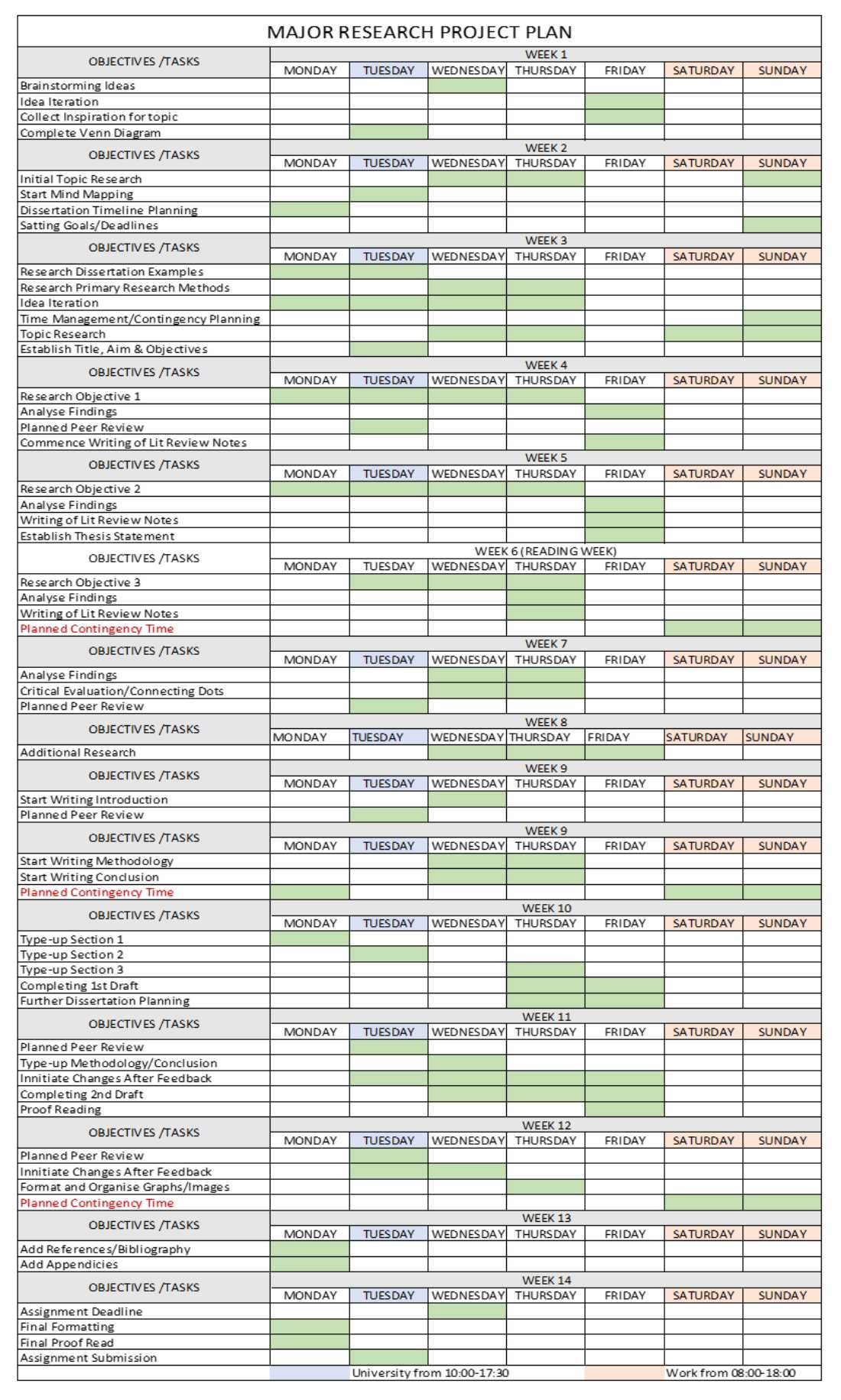
1.8.2
The above rigorously pre-planned steps proved to be excellent practices. Despite the fact that I had a couple of periods during the project when the lack of fresh ideas should have delayed the progress the built in contingencies provided a safe buffer-zone. An unexpected severe illness prevented me from working for over three weeks from mid-December to early January. The effects of this holdup unfortunately reflect the unpolished nature of this report. Nonetheless the next stages of the dissertation are already scheduled therefore I am positively confident that this should provide ample opportunities to a refinement of this deficiency.
1.8 Conclusion
The Major Research Project offered the possibility of broadening my knowledge in the fields of virtual reality, the metaverse and biophilic design disciplines that are in my close interests. The analysis and evaluation of gathered literature and applied critical thinking throughout, contributed towards the enhancement of my study and research skills. I feel that without the detrimental effects of illness the outcome would have become a work I could be proud of. Nevertheless, discounting this I believe my time management was on point. Perhaps one matter I would do differently should I have the chance is to dive into literature much earlier for inspiration in order to establish the dissertation topic/parameters much sooner.
1.9 References
Kellert Stephen R. (2018). Nature by Design – The Practice of Biophilic Design. China: Yale University Press.
Wilson E. O. (1984). Biophilia. Harvard University Press.
Habitat III. (2016). The New Urban Agenda - Habitat III. [online] Available at: https://habitat3.org/the-new-urban-agenda.
Habitat III. (2016). The New Urban Agenda - Habitat III. [online] Available at: https://habitat3.org/the-new-urban-agenda
World Bank. (2022). Overview. [online] Available at: https://www.worldbank.org/en/topic/urbandevelopment/overview
William D., Browning, O. Ryan Catherine. (2020) Nature Inside. London: RIBA Publishing